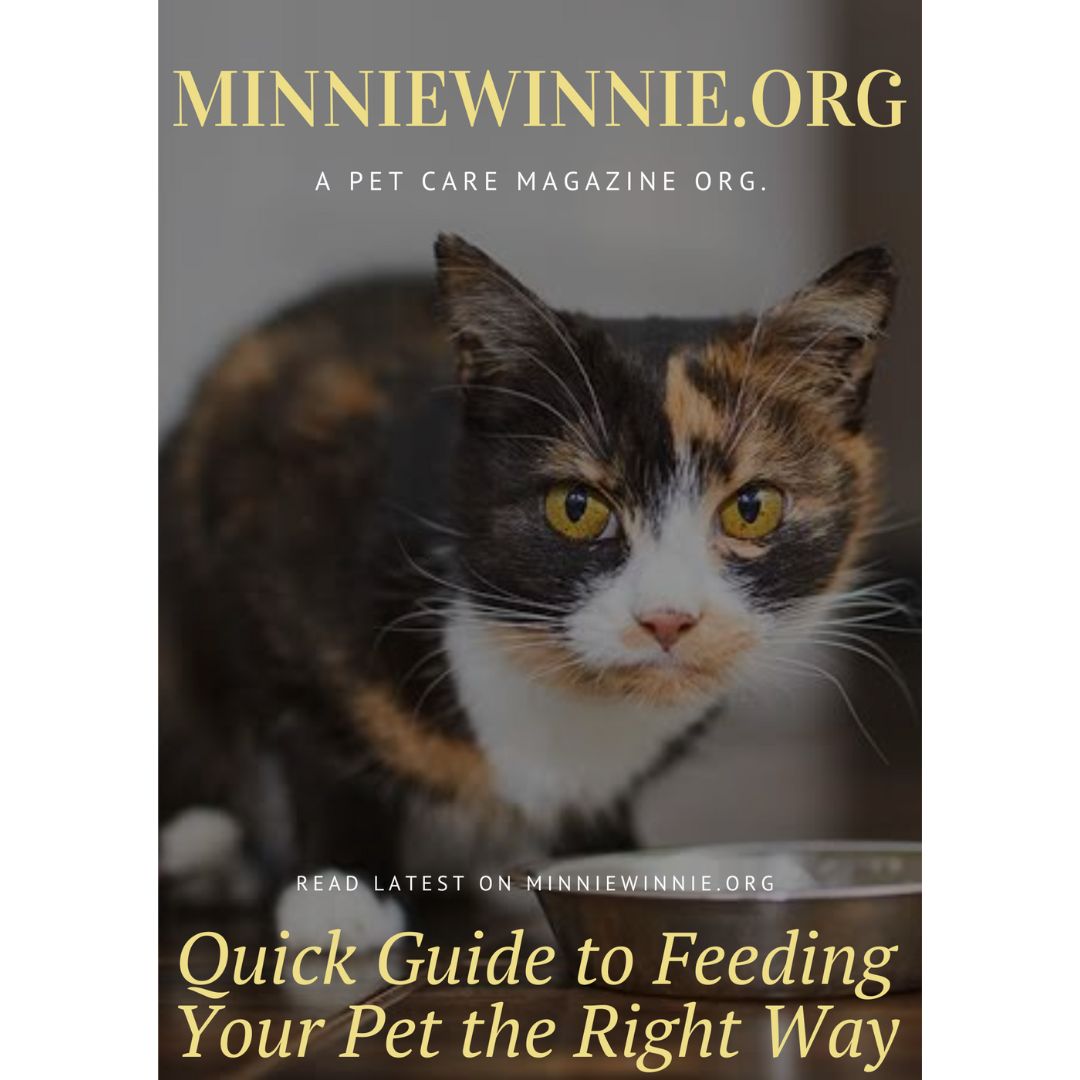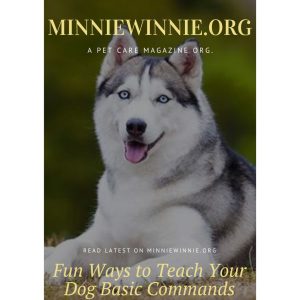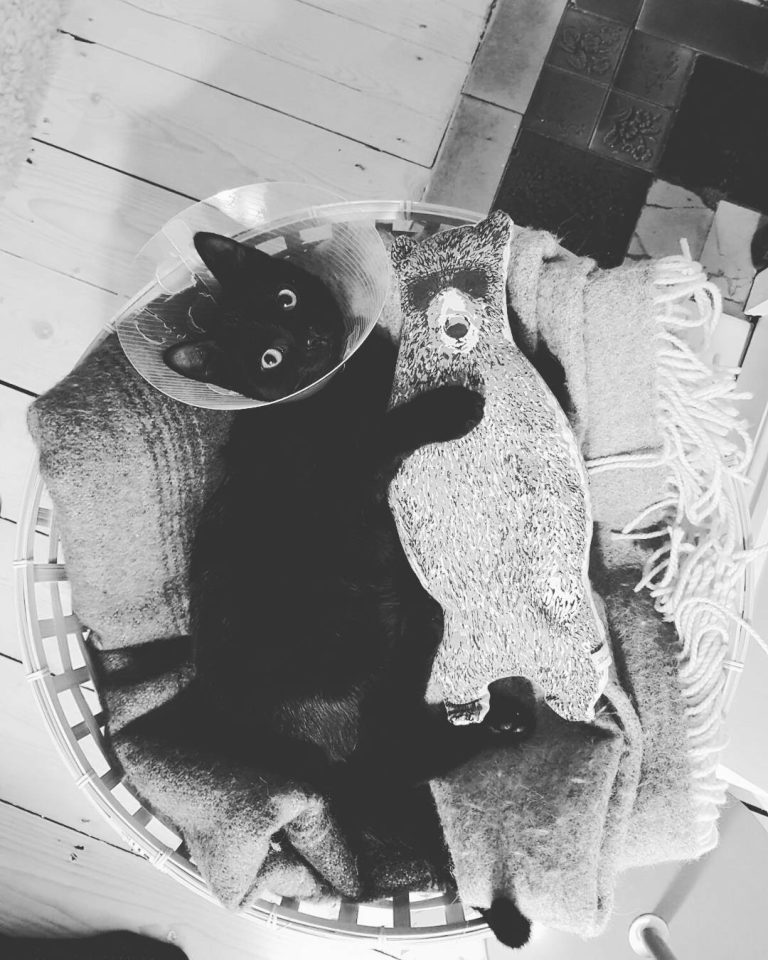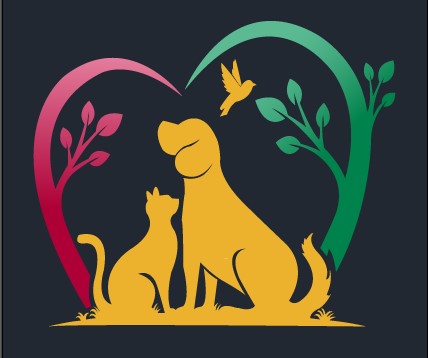Quick Guide to Feeding Your Pet the Right Way
Feeding your pet the right diet is essential for their overall health and well-being. Different pets have different nutritional needs based on their species, age, size, and activity level. Here’s a quick guide to help you choose the right food and establish a healthy feeding routine for your pet.
Know Your Pet’s Nutritional Requirements
Each pet has unique dietary needs. Dogs, for example, require a balance of proteins, fats, carbohydrates, and essential vitamins and minerals. Cats, being obligate carnivores, need a high-protein diet with a smaller proportion of carbs. Small pets, such as rabbits and guinea pigs, thrive on a fiber-rich diet, typically from hay, fresh vegetables, and pellets. Birds require a mix of seeds, vegetables, fruits, and specialized pellets. It’s important to consult your vet to determine the ideal diet for your pet’s species and age.
Choose High-Quality Pet Food
Investing in high-quality food ensures that your pet receives the necessary nutrients. Look for pet food brands that list meat or animal protein as the first ingredient, as this is often a sign of quality. Avoid foods with excessive fillers like corn or soy, which provide little nutritional value. Consider feeding your pet food that suits their specific needs, such as grain-free options, senior-specific formulas, or foods tailored for certain health conditions.
Measure Food Portions Properly
Overfeeding or underfeeding your pet can lead to health problems like obesity or malnutrition. Always follow the portion recommendations on your pet’s food packaging, but keep in mind that these can vary based on your pet’s activity level and metabolism. You can also ask your vet for specific guidelines. For pets that tend to overeat, consider using puzzle feeders or slow feeders to encourage mindful eating.
Offer Fresh Water Regularly
Hydration is just as important as nutrition. Always provide fresh water for your pet, and ensure they have access to it throughout the day. Cats and dogs should drink clean water daily, and small pets like rabbits, guinea pigs, and birds need fresh water that is regularly replaced to stay hydrated and healthy.
Introduce New Foods Gradually
If you’re changing your pet’s diet, it’s crucial to do it gradually. Sudden changes can cause stomach upset or digestive issues. Start by mixing a small amount of the new food with the old food, gradually increasing the new food’s proportion over the course of 7–10 days.
Monitor Your Pet’s Weight and Health
Regularly check your pet’s weight and overall condition. A healthy pet should have a visible waistline and be able to maintain an ideal weight for their breed and age. If your pet shows signs of weight gain or loss, or if their coat becomes dull or they become lethargic, it may be time to adjust their diet. Regular vet visits can help you stay on top of their nutritional needs.
Avoid Toxic Foods
Some human foods are dangerous for pets. Common items like chocolate, grapes, onions, garlic, and alcohol can be toxic to animals. Always keep these foods out of reach, and educate yourself on what foods are safe for your pet to consume. When in doubt, consult your veterinarian about any human foods you may want to share with your pet.
Conclusion
Feeding your pet the right way is crucial for their health, happiness, and longevity. By understanding their nutritional needs, choosing quality food, and following a proper feeding routine, you can help ensure that your pet lives a long and healthy life.










